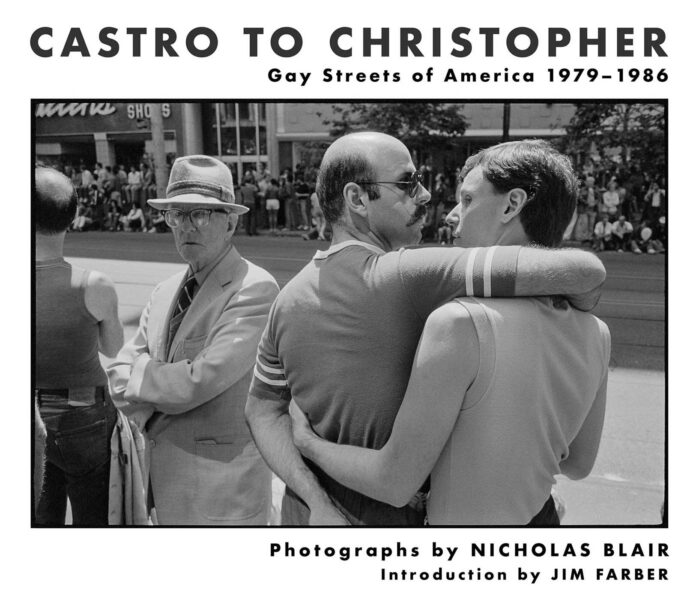Every community has its history, but for some, particularly minority communities, their history has a specific importance. It helps to define the people — as individuals and as a group — their identity, their legacy, and their place in the greater whole. This is certainly true of the LGBTQ+ community.
Unfortunately, throughout most of history, our community’s story has not been well recorded, as any historian seeking to document that story can attest. However, that very much changed with the Stonewall Riots in 1969, which is generally accepted as the birth of the modern gay rights movement. It was a time when modern mass media was thoroughly entrenched in society, and even the minutiae of daily life was recorded by photographs, video and personal accounts.
Nicholas Blair, a young photographer in the early days of the movement, took on the task of photographically documenting gay life in the late 1970s and early 1980s in what were the gay meccas of that era: New York, San Francisco, Fire Island and Provincetown. It was a time before AIDS, when sexuality was a major defining aspect of gay life. It was a time when gay white men were the primary face of the community, before diversity awareness finally kicked in and the “gay community” evolved into the “LGBTQ community.”
Blair has assembled a book of photographs of that era. “Castro to Christopher: Gay Streets of America 1979–1986” captures the essence, the look, and the attitude of that time and those places. It was a time of optimism, of energy, of activism — and of rampant sexuality. It’s a time capsule that shows not only what was great about our community back then, but also what was lacking.
Being that the time frame of the photos is so brief, from 1979 to 1986, and that the places pictured are so specific, mostly New York’s Christopher St. neighborhood and San Francisco’s Castro district, the book captures only the tiniest slice of our community’s history. But it’s a slice that looms large in our collective memory, even if those memories are second-hand in those too young to have lived through it.
It was a time after the first flowering of gay activism after Stonewall. The rapid growth of annual Gay Pride marches inspired a sense of heady optimism, reinforced by early successes such as the election of Harvey Milk in San Francisco. It was a time when we had established areas where we felt safe to appear openly as our true selves, something that was still relatively rare in the rest of the country. While it’s also true that similar, if smaller, community enclaves had sprung up in other cities (such as Spruce St. in Philadelphia), New York and San Francisco were perceived at the time as the twin epicenters of national gay pride, advancement and culture.
The inclusion of a smattering of photos of Fire Island and Provincetown helps to emphasize that members of the community, primarily gay men, were certainly learning how to enjoy themselves, and even come to expect it as a kind of birthright. It certainly goes to show how many in the community of that time came to build their identity around sexuality.
Overall, “Castro to Christopher” is a poignant record of a time when the future felt bright and full of possibilities — a time that would, in short order, come to an abrupt end with the advent of HIV/AIDS. This book is a testament that that time did indeed once exist, and that it should never be forgotten.

